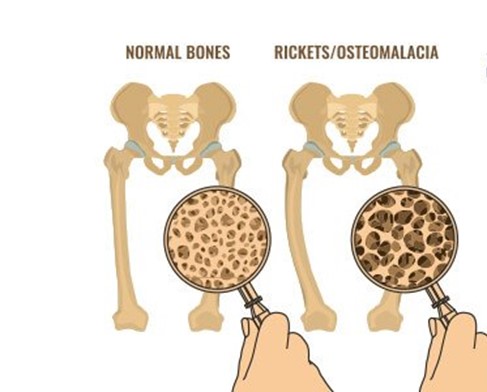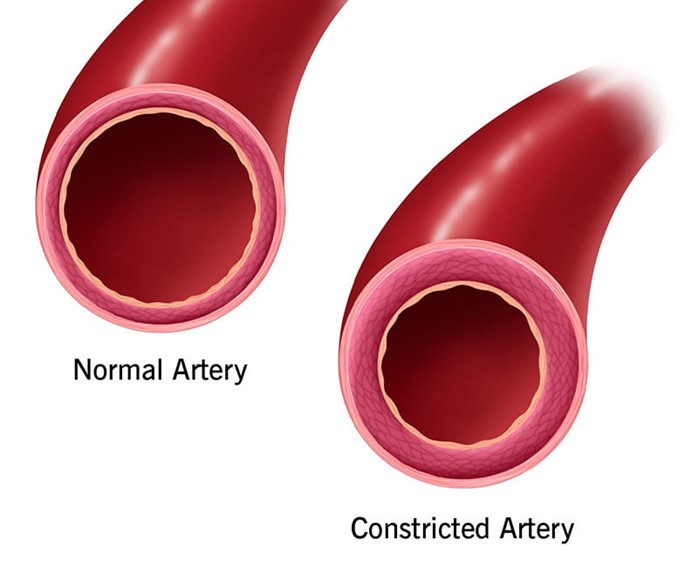What environmental factor is most significant when planning care for a client with osteomalacia?
Quiet, calm surroundings
Stimulating sounds and activity
Cool, moist air
Adequate sunlight
The Correct Answer is D
Choice A reason: Quiet, calm surroundings are not a specific environmental factor for osteomalacia, which is a condition that causes softening and weakening of the bones due to vitamin D deficiency. However, they may be beneficial for promoting rest and comfort for the client.
Choice B reason: Stimulating sounds and activity are not a specific environmental factor for osteomalacia, which is a condition that causes softening and weakening of the bones due to vitamin D deficiency. However, they may be helpful for enhancing mood and cognition for the client.
Choice C reason: Cool, moist air is not a specific environmental factor for osteomalacia, which is a condition that causes softening and weakening of the bones due to vitamin D deficiency. However, it may be preferable for preventing dehydration and overheating for the client.

Nursing Test Bank
Naxlex Comprehensive Predictor Exams
Related Questions
Correct Answer is D
Explanation
Choice A reason: Keeping the bed in the lowest position and initiating seizure and fall precautions is not an immediate action for the nurse to take. Seizure and fall precautions are measures that prevent injury or harm to the client in case of a seizure or a fall. Seizure and fall precautions include lowering the bed, padding the side rails, removing any objects that may cause injury, and having suction and oxygen equipment ready. However, these precautions are not specific to the client's condition and do not address the underlying cause.
Choice B reason: Placing an indwelling urinary catheter and measuring strict intake and output is not an urgent action for the nurse to take. An indwelling urinary catheter is a tube that drains urine from the bladder into a collection bag. Measuring intake and output is a way of monitoring fluid balance and kidney function. However, these interventions are not essential for the client's condition and may increase the risk of infection or trauma.
Choice C reason: Maintaining elevated positioning of the dependent joints on affected side is not a relevant action for the nurse to take. Dependent joints are joints that are below the level of the heart, such as the ankles or wrists. Elevating dependent joints can help reduce swelling or pain by improving blood flow and drainage. However, this intervention is not related to the client's condition and does not improve neurological function.
Correct Answer is C
Explanation
Choice A reason: This is incorrect because seizure precautions are not indicated for dopamine administration. Dopamine does not lower the seizure threshold or cause convulsions.
Choice B reason: This is incorrect because monitoring serum potassium frequently is not necessary for dopamine administration. Dopamine does not affect potassium levels or cause hyperkalemia or hypokalemia.
Choice C reason: This is correct because ensuring pump accuracy to prevent toxicity is essential for dopamine administration. Dopamine is a potent vasoconstrictor that can cause tissue necrosis, gangrene, and hypertension if overdosed.
Choice D reason: Dopamine is given to hypotensive patients, meaning they may be weak, dizzy, or at risk of falls.Ambulating frequently could worsen hypotension and increase fall risk rather than help the patient. Instead, the nurse should monitor the patient’s hemodynamic status and ensure bed rest as needed until blood pressure stabilizes.

Whether you are a student looking to ace your exams or a practicing nurse seeking to enhance your expertise , our nursing education contents will empower you with the confidence and competence to make a difference in the lives of patients and become a respected leader in the healthcare field.
Visit Naxlex, invest in your future and unlock endless possibilities with our unparalleled nursing education contents today
Report Wrong Answer on the Current Question
Do you disagree with the answer? If yes, what is your expected answer? Explain.
Kindly be descriptive with the issue you are facing.
